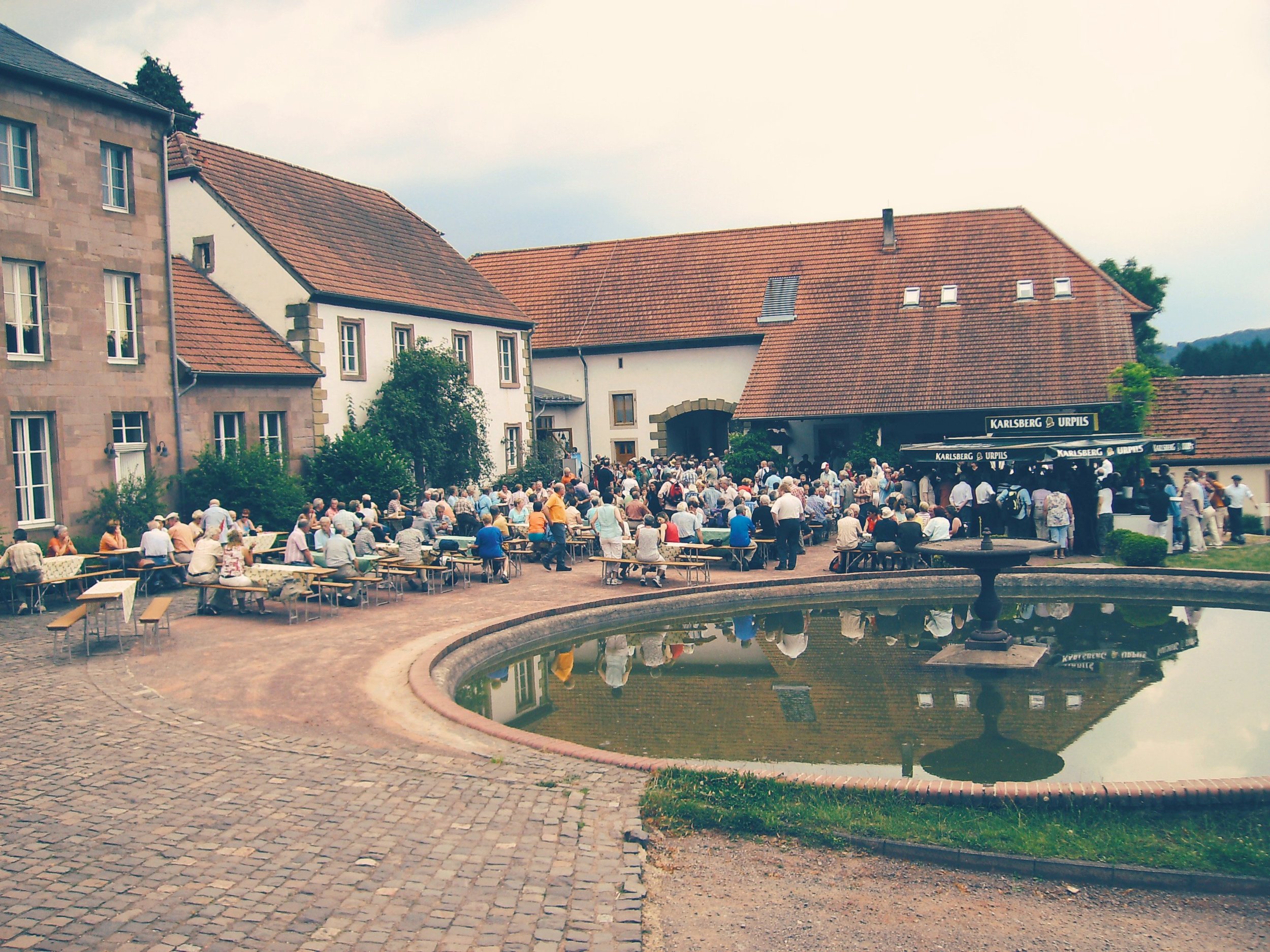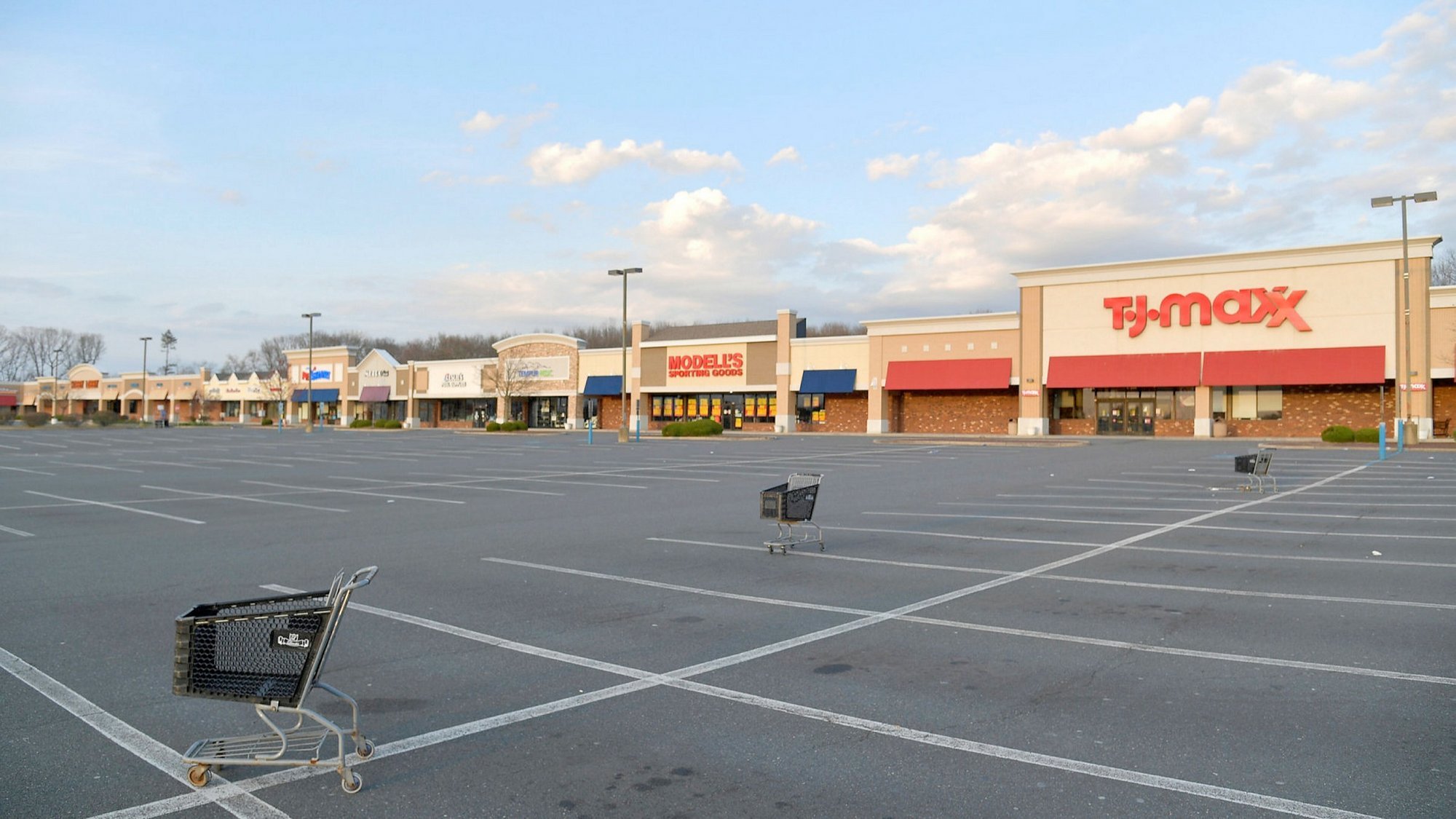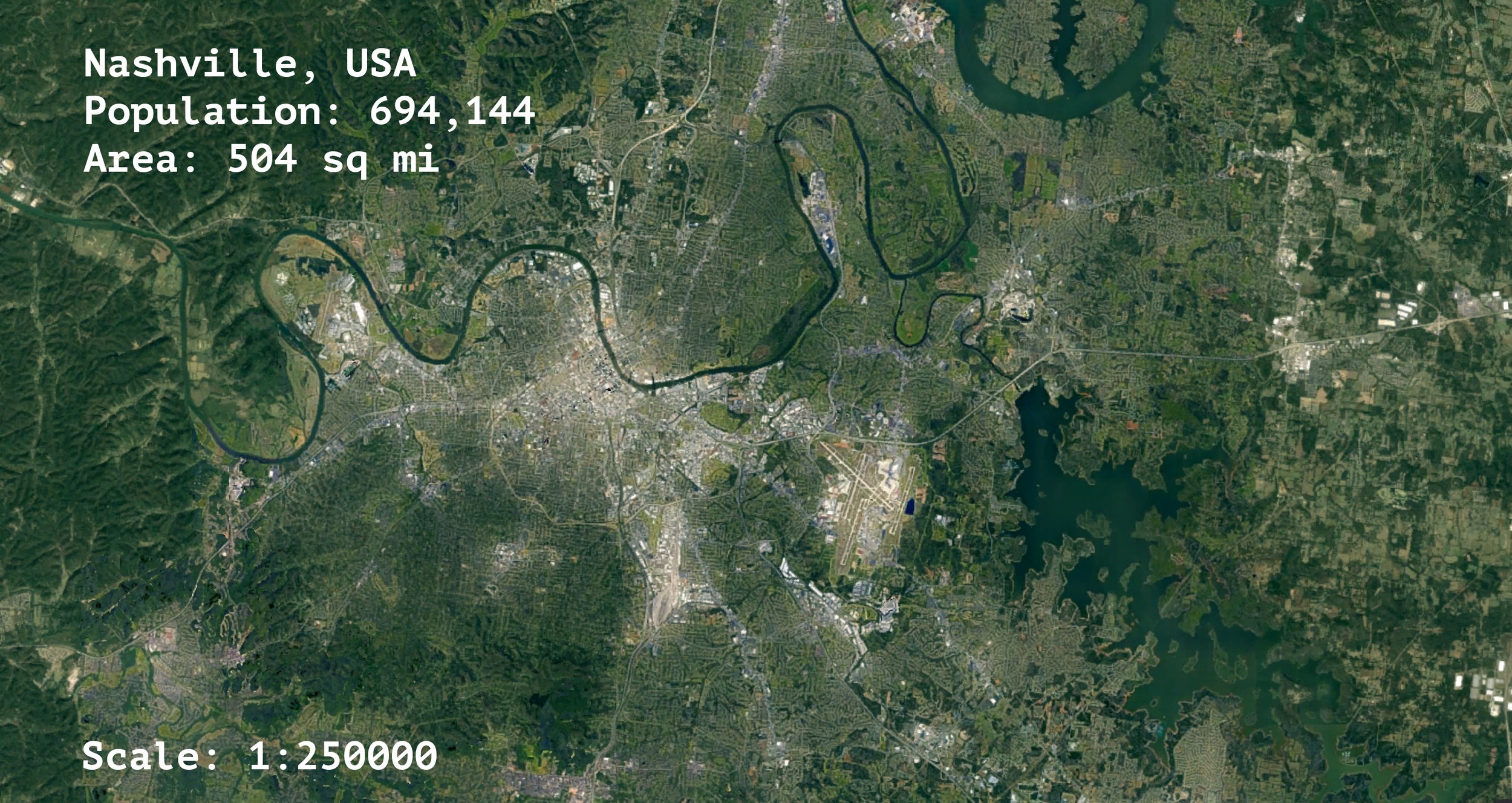The Urban Form of Loneliness: Why America Needs Villages
Photograph by my mother, 1982.
This is the village in Germany where my parents met in the 1980s. It is called Imsbach, population: 971. The longest walk you can take while staying in the village is 15 minutes.
I grew up visiting Imsbach. Except for the wind turbines that went up (and created some new jobs), it never really changed.
The edges of the village are well-defined. You are inside the village, or you are outside the village. There is no in-between.
The center of the village serves as a meeting place for any and all community gatherings, formal and informal. Everyone knows everyone. It's a very difficult place to feel lonely.
Imsbach sits at the base of a large foothill. In the summer, we would all climb up and drink Bischoff (the local beer) together at a community space the town built at the top, and enjoy the view. This was where I had beer for the first time.
Imsbach is lovely, but it isn't special. There are hundreds of villages like this across Germany, and tens of thousands more across the rest of Europe, Latin America, Africa, and Asia.
Nanhua Miao Village, China (Population: 824)
Pucara, Bolivia (Population: 795)
Tiebele, Burkina Faso (Population: 300)
Hallstatt, Austria (Population: 859)
Ainokura Village, Japan (Population: 90)
Piodão, Portugal (Population: 224)
Yet, back in the US, there is nothing of the sort. I’ve spent years looking for an “American village” with comparable population size and density to any of these examples, and have yet to find one.
Instead, the vast majority of the United States provides two options:
America doesn't have villages. A village is small and dense. Imsbach is only 971 people, but they live close together — about 11 people per acre, a population density you will only find in the urban neighborhoods of very large cities in the US.
America has small towns—but they aren't dense. It has dense cities, but they are anything but small.
Why does this matter? Because America is deep in a crisis of loneliness, and the form of our communities is a critical determinant of social connectedness. Low density permits few opportunities to connect. Sure enough, suicide rates are higher in low-density suburbs.
On the other hand, massive cities contribute to a sense of anonymity and social isolation of a different kind. As President of the National Federation for Mental Health of the Netherlands, Dr. Arie Querido, once wrote,
The greatest danger—I would almost say the greatest crime—of modern city life is its disruption of human relations, resulting in an isolation, a loneliness of the individual which increases with the size of the city and its complexity.
The problem is growing dire. Since 1985, social scientists have asked a representative sample of Americans, "How many confidants do you have?" In 1985, the most common answer was three. By 2004, the most common answer was zero.
As our pandemic experience reminded us, our species does not handle isolation well. Humans are a social species. We aren't adapted to endure isolation, just as fish aren't adapted to live out of water. Research shows that isolated individuals are twice as likely to die prematurely as those with more robust social interactions.
So why doesn't the US have villages? This question is way too large to tackle here. Suffice it to say, American communities were built in a different era, under a different logic, and governed by different rules. For more on the subject I highly recommend James Howard Kunstler’s Geography of Nowhere.
Could we build American villages? We've surely achieved far more difficult things, but what would it take? I'm jumping off into speculation now, but a few things come to mind for me as opportunities...
For one, macro-level spatial forms are generally downstream of economic forces. It's easy to figure that the loss of small-scale farming and corporate consolidation of industry makes the economic viability of villages impossible...
But the residents of Imsbach are not craftsmen producing furniture by hand in little workshops. Our closest friends work at the multinational corporation BASF in Mannheim, 45 minutes away by car. Others work in finance in Frankfurt or at universities in Kaiserslautern.
By contrast, consider where you end up if you drive 45 minutes in any direction from any major employment center in America:
The US economy is not so fundamentally different from the German economy. What's different is that German cities (like German villages) have clearly defined boundaries distinguishing them from the countryside. It is therefore easy to live in a village and commute to the city.
Look closely at the peripheries of these two cities. What do you notice?
Because of sprawl, an American village would need to be much farther from employment centers (and the basic goods and services that only major metros can sustain) than its international counterparts. This creates an obvious hurdle.
Of course, the rise of remote work, sophisticated shipping logistics infrastructure, tele-medicine, cheap solar energy, and digital technology as a whole present a new opportunity for the American village.
These are the conditions that might sustain an American village, but they aren't the force needed to catalyze American villages into existence. That will take something greater.























